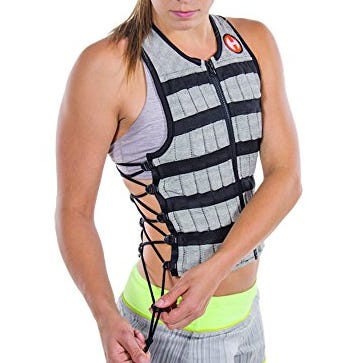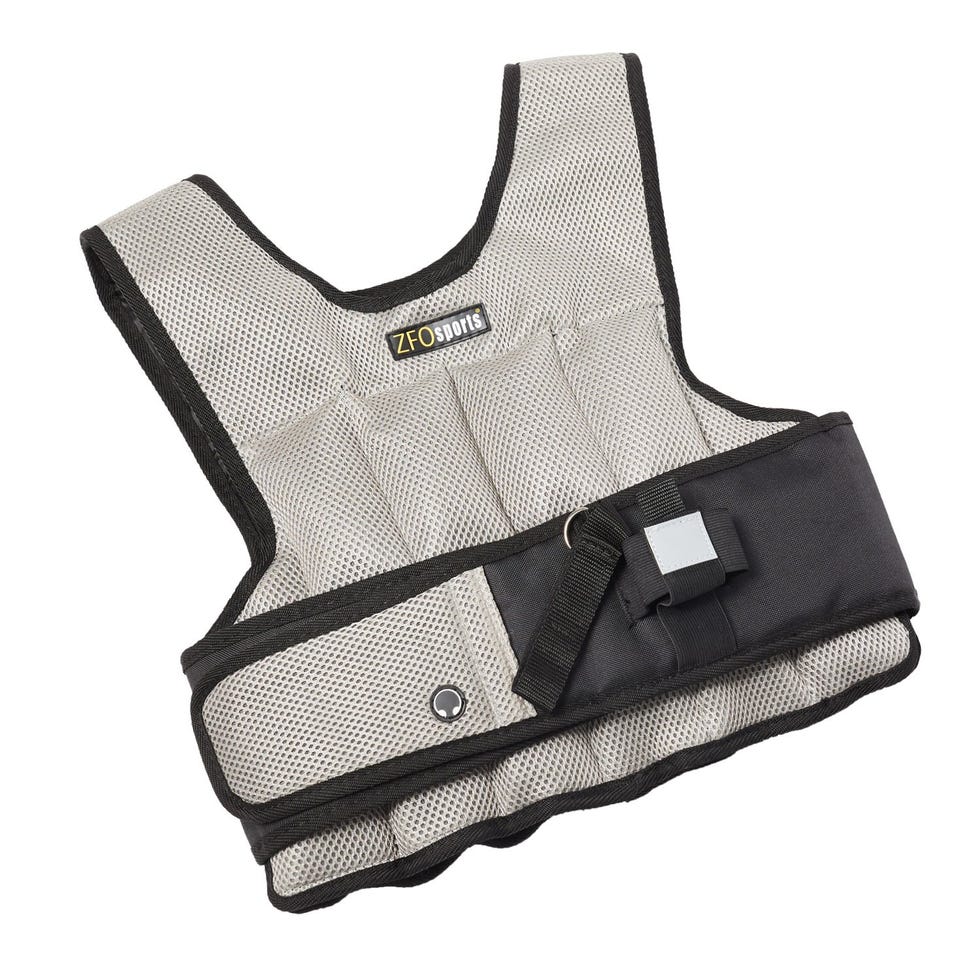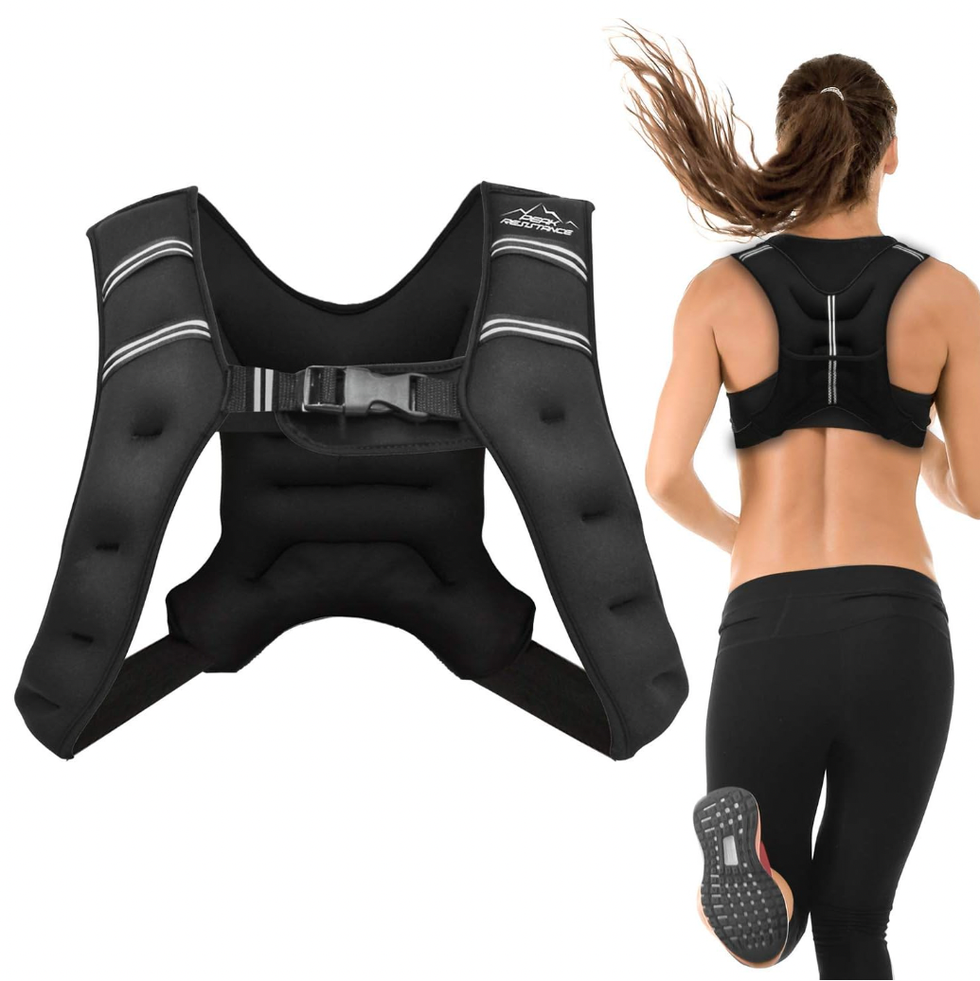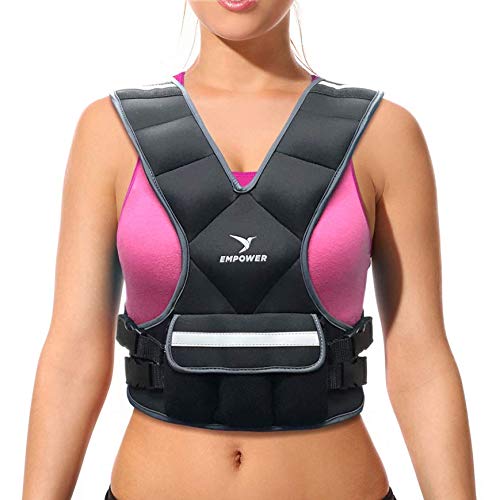As women age, maintaining strong bones and healthy joints becomes increasingly important—but it’s not just about calcium and cardio. A surprisingly simple tool—weighted vests—are gaining traction among everyday exercisers for their ability to support bone density and joint health. Worn during everyday activities or gentle workouts, this wearable resistance can help combat the natural decline in bone strength, making it a powerful (and affordable!) piece of workout gear.
Here’s what you need to know to use a weighted vest to preserve and protect bone density and your joints safely and effectively.
Meet the experts: Rachel Ridgeway, CPT, is a personal trainer and owner of Osteoporosis Trainer, a bone health-focused fitness program. Michael Jaasma, PhD, is chief scientific officer and cofounder of Osteoboost, a medical device designed to promote bone density.
Why A Weighted Vest Can Be A Boon For Bone Health
Applying gentle, progressive stress via resistance training signals your body to build stronger bones and muscles. Bones strengthen in response to stress, so consistent use of a weighted vest may help maintain or improve bone density over time, Rachel Ridgeway, CPT, who works with women managing low bone density, previously told WH. A weighted vest helps do this by adding resistance to just about any exercise (the squat, for example), without the need to grab free weights.
Level up your walks with the Women’s Health 4-Week Walking Plan: Burn Fat, Build Muscle—a 28-day plan that brings on real results.
While research is a little unclear on whether weighted vests alone improve bone density, the science shows they can enhance the effectiveness of strength training, cardio, and HIIT workouts by increasing the load on your body, said Ridgeway.
Weighted vests essentially increase your body weight by 5 to 10 percent (depending on the weight of the vest) to increase the intensity of exercise, Michael Jaasma, PhD, previously told WH. However, the benefits for bone health depend more on the types of exercises you perform while wearing the vest, rather than the vest itself, he said. Weighted vests are great for boosting the cardiovascular and muscle-strengthening impact of workouts, but they’re not a one-stop solution for better bone health, Jaasma said.
A weighted vest is a great way to add resistance to activities like walking and strength training, but pairing it with the right exercises and lifestyle habits is key to reaping bone health benefits, Jaasma said. Adding external resistance, like a weighted vest, can be a safe and effective way to combat bone density loss in postmenopausal women, according to a 2022 study in Contemporary Clinical Trials. But know that they’re “not a cure for osteoporosis,” he notes. Instead, think of weighted vests as a tool in a broader plan to support bone health.
The best thing about the growing popularity of weighted vests is it has gotten more women thinking about how to support strong bones daily, consistent efforts, which is a huge win. Ultimately, the benefit is that weighted vests can help women take meaningful steps toward changing the alarming rates of osteoporosis. While not a silver bullet, they’re a step in the right direction.
Editor-Approved Weighted Vests For Walking
Rachel Tavel is a doctor of physical therapy, strength and conditioning specialist certified by the National Strength and Conditioning Association, and writer. Her writing has been published in Forbes, Fortune, Men’s Health, Women’s Health, Runner’s World, SELF, Bicycling Magazine, The Huffington Post, and more. She co-authored the book “Stretch Yourself Healthy Guide: Easy Routines to Relieve Pain, Boost Energy, and Feel Refreshed” (Prevention, 2020) and is a Forbes Health Advisory Board Member. Prior to becoming a physical therapist, Rachel was a travel writer living and traveling throughout South America. Connect: , , Email: .
Read the full article here









